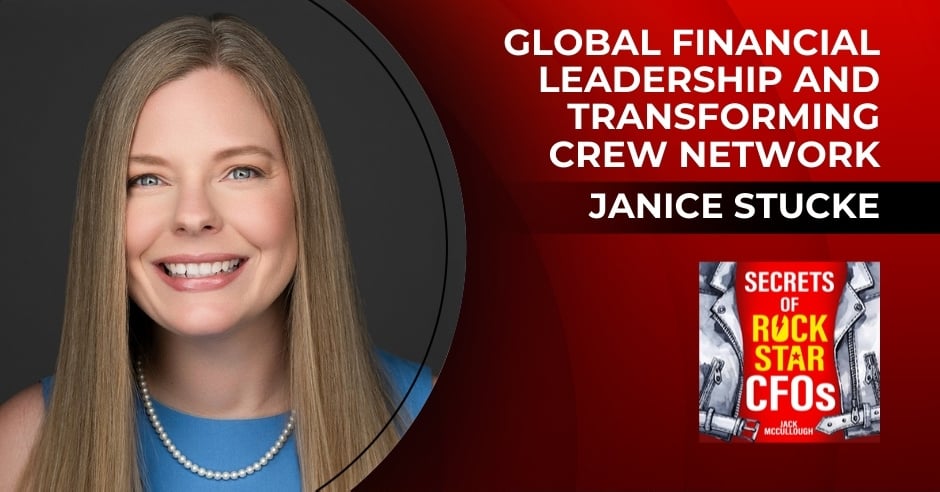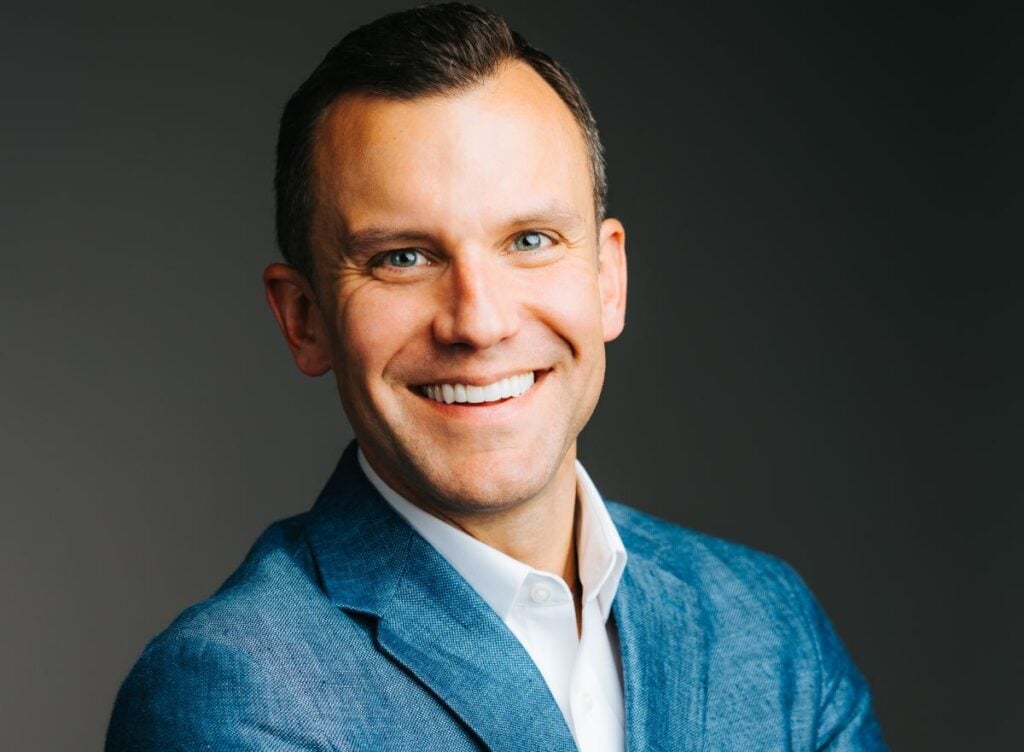James Redfern, CFO of Reltio, has seen the sweeping changes in B2B software markets since joining Accenture as a strategy consultant in the late 1990s. Having spent 10 years as executive director of technology investment banking at Morgan Stanley, he also has a keen eye for the details of the SaaS business model and the requirements of private capital providers when they invest in software businesses.
At Reltio, a data management and unification platform, Redfern’s job is to steer the SaaS company through a fundamental market shift: the arrival of AI. Fortunately, Reltio has the capital to adapt, with $100 million in the bank from multiple rounds of fundraising. It also operates at or above cash-flow breakeven, says Redfern.
In a Zoom interview, Redfern explained how AI is driving SaaS businesses to experiment with product monetization, including the adoption of a new revenue metric, his focus on strategic finance and how Reltio is transitioning to an AI-first organization.
How have the developments in AI affected SaaS businesses?
In the last few years, SaaS, broadly, has been under pressure as so much of the [corporate] budget has moved to what I call direct, classic AI. Currently, it’s the LLMs and the core models that businesses are trying to implement. We’re confident that as companies progress further along the journey, they will recognize the same data challenges they faced in the past, with unclean data. AI models are running on data that requires cleaning, and we will play a role in that process.
You indicated there is a new revenue metric specific to SaaS businesses. What is that and why is it being used?
The emerging metric is called “experimental revenue.” The vendor works with customers to explore whether what it’s developing can be useful to them, without requiring a multi-year contract. In some cases, it’s actual revenue; in some cases, it’s, “we [the customer] will pay you if you deliver this feature or this product.” Companies are growing extremely fast, and we’re seeing some of these numbers increase rapidly.
But it’s unclear whether [these deals] will be as sticky and retainable as multi-year SaaS contracts. Startup companies need to bring in dollars, so there’s a greater willingness to experiment with customers, prove the product and validate the hypothesis, with the hope and ambition that it will ultimately lead to a huge business. We will see how that plays out.
Are businesses moving off SaaS products because of AI?
Not moving off SaaS products but within the SaaS industry, the multiples are under pressure. I think one of the Morgan Stanley research analysts called it a SaaS recession three years ago. The spending and the growth have not been anywhere near where they were before 2022. IT budgets have moved toward experimental AI activities. In 2021 and 2022, the SaaS multiples got out of hand, but you also had a considerable number of companies growing 30 to 40 percent. Now, the number of SaaS companies growing at that rate [is much lower].

Let’s talk about Reltio’s finance department. What are you focusing on?
When I arrived, I already had very strong leaders—and still do—on the controller and FP&A sides. I’m focusing more of my time and energy on strategic finance. Part of that is related to budgeting. It’s natural for budgeting to be thought of as a one-year cycle. However, companies often fail to link the budgeting process to their corporate strategy through multi-year financial modeling. So, I am pushing hard in that direction. I’m ultimately thinking like an investor in terms of capital allocation and ensuring the metrics sync with the company’s long-term strategy.
Consider the concept of the rule of 40, one of the traditional metrics in the SaaS business. The rule of 40 states that we must achieve a certain level of growth in conjunction with a specific level of profitability. If the numbers are not in the right place, where do I make adjustments? If we’re growing more slowly, I’ll need a larger margin. So, I have to think about the cost side as well as where we can grow and increase allocations, and where we can’t. That’s what I find most interesting and exciting about this role.
I assume the company has a whole strategy around AI.
AI is going to move fast, I think, even quicker than the internet. It will be disruptive and have a significant impact. We’re conducting extensive internal enablement, with employees serving as evangelists for the use of AI.
Additionally, internally, we now have an extra filter in place for hiring. For every new hire or backfill, the hiring manager must complete a five-page survey. Have they checked whether [the job] can be done or supplemented with AI? Have they weighed the alternatives to hiring? We’re not trying to slow things down dramatically. We’re just conveying to people the importance we attach to thinking through how to use AI. We clearly consider ourselves an AI-first company.
Externally, our customers have incredibly large databases of information that they need to consolidate. Many of them have large numbers of people who do this job of matching [data] between systems. We can build AI agents to help them, and we are going to market with those.
Are you thinking about going public? Have you built the infrastructure to do so?
My mantra for the team is that we want to be public-ready, meaning we should be hitting quarterly numbers, operating on a good quarterly cadence, and having clean audits. This doesn’t include what I would call the “gory” SEC-type reporting activities.
In addition, regarding size, scale, and growth expectations for going public, we’re not in that zone. When you’re big and things move a little less quickly, and you’re a straightforward story, being publicly held is absolutely a fantastic option. But I’m a big fan of private equity. I think operational discipline and controlled ownership, particularly when you’re in transition, is absolutely the right model. In certain phases of a company’s life cycle, it makes a ton of sense to be in one of those or the other. And, ultimately, the market determines the correct answer to that.







